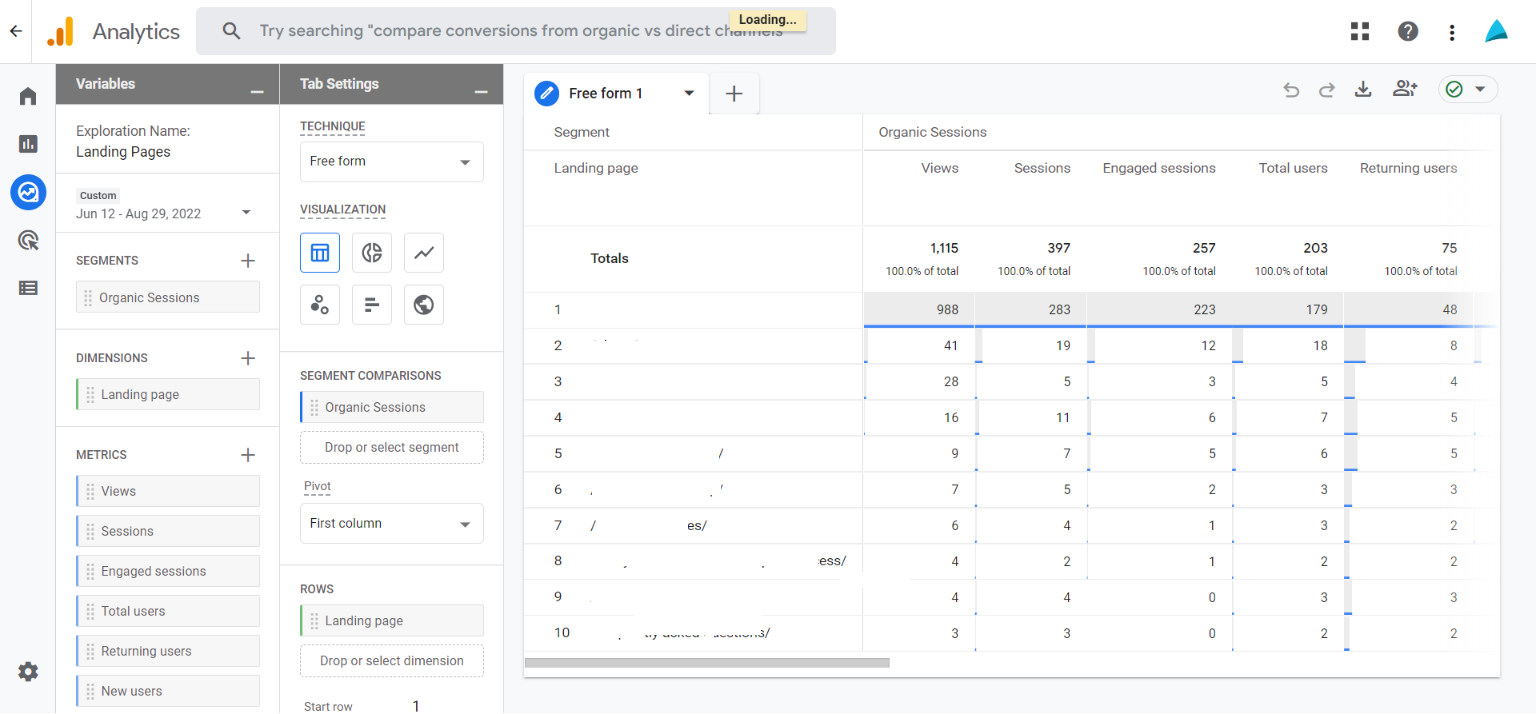Contact Us
Send Us a Message
Need expertise and innovation on your project? Our team can help.
Google is getting rid of Analytics. No, really.
In an April 20 email about the change, their subject line read: “We will begin to sunset Universal Analytics in 2023.”“Sunset” is a soft way of saying “we’re changing everything about the way you will measure website performance, digital marketing services, and search engine optimization.”
In the place of Universal Analytics is Google Analytics 4, with a new way of measuring data and performance. While it’s certainly shaking things up for SEO practitioners, it’s generally seen as a positive move because it places a higher premium on “the human element.”
TechArk wasted no time moving over to GA4 after Google made the announcement. Since then, we’ve been creating Google Analytics properties, verifying organic traffic from our search engine optimization efforts, and readying our monthly reports in preparation to move clients to the new platform.
Based on our several months spent with it thus far, here’s what #TeamTechArk has learned and what you need to know to get started with Google Analytics 4.
What is Google actually doing to Google Analytics?
With Google Analytics 4, Google is changing the data model to be “events-based,” which means the metrics you use to evaluate your digital marketing services will be different.
Unlike a simple design change or an additional feature, Google Analytics 4 will require you, your SEO company, or whoever operates your Google Analytics 4 account to create a new property.
By July 1, 2023, Universal Analytics will stop collecting data, and Google will delete all old Google Analytics data from its systems by the end of 2023.
What will I need to do when I switch to Google Analytics 4?
Because of this change in the Google Analytics data model, whoever maintains your website will need to create a new Google Analytics 4 Property, a Data Stream and a Measurement ID to begin tracking data.
- The Property houses your reports, which will look different and more simple than Universal Analytics reports. Through the Explore tab, you’ll have more freedom to create your own charts and graphs without needing another tool like Google Data Studio (though GA4 does integrate).
- The Data Stream replaces the View in Google Analytics 4. This is where you customize settings for the specific digital asset you wish to measure (usually a website). Most organizations will have one data stream and one property in Google Analytics 4.
However, some companies may want to track cross-domain traffic or cross-platform, such as traffic between an app and a website. That setup is less common, but available in Google Analytics 4. - The Measurement ID is the tracking code you add to your site or app through a JavaScript snippet or through a tag management tool like Google Tag Manager.

What do I need to do to get started?
To borrow the title of a well-known book, you first need to “measure what matters.” Building a plan to effectively measure your digital marketing services starts by knowing what’s important.
Here are some questions to consider when before setting up your Google Analytics 4 property:
- What do I want to know the most about my website?
- Do I have users I want to track across devices, platforms, or even offline activity?
- Do I have other systems that I want to send data into Google Analytics, such as my SEO company’s Google Search Console work or my vendor’s Customer Relationship Management (CRM) platform?
- Does my website need any clean up work, such as getting rid of any old links or any scripts that interfere with tracking?
- How do I want to attribute acquisition? (For example, on Google Business Profile, would I count that lead as a search engine optimization effort or a paid ads effort? Or both?)
Get Your Google Analytics Questions Answered
Our search engine optimization experts are hard at work implementing GA4 each week. As we continue to work with our clients on Google Analytics 4, we’ll also continue to share what we’re learning here on the TechArk blog.
In the meantime, if you need Google Analytics 4 help or want some more tips for your website, contact us today for a site audit and assessment. We’ll walk you through everything you need to know!



